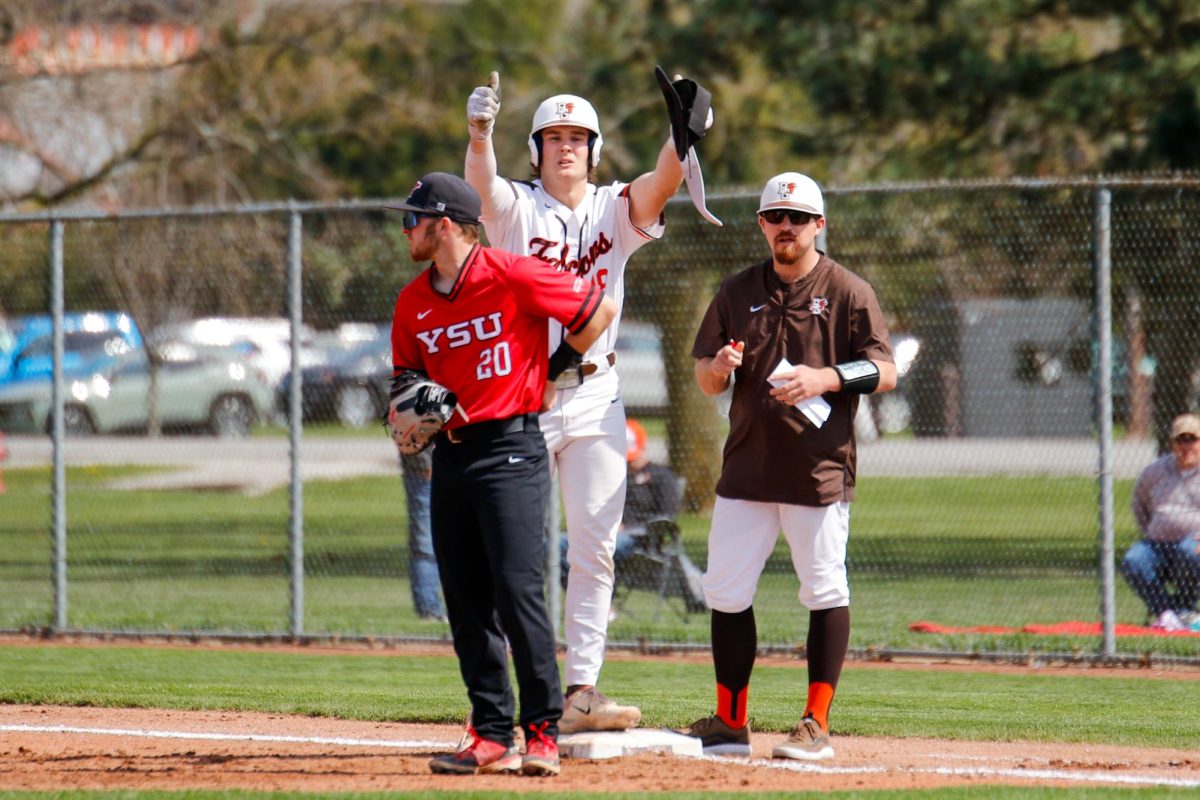For many Americans, the blossoming cherry trees along the Potomac River are an official sign that spring has arrived. It was in 1912 that Japan first made a gift of 2,000 cherry tree saplings as a sign of friendship to the United States. The conflict of WWII made a farce of that friendship, but both countries continued to cooperate with each other to preserve the trees.
The idea of a national landmark of Japanese cherry trees came from travel writer and photographer, Eliza Scidmore. Scidmore first traveled to Japan in 1885, and was struck by the beauty of the cherry tree blossoms.
Upon her return to Washington D.C., she approached the Superintendent of Public Building and Grounds with the proposal of planting cherry trees along the Potomac waterfront. Her request fell on deaf ears, according to a government Web site.
For the next 24 years, Scidmore approached every new Superintendent with no success. In 1909, Scidmore wrote First Lady Helen Taft announcing her intention to raise money to purchase the trees and then donate them to the city, and she found the support she needed.
First Lady Taft had once lived in Japan, so she was familiar with the beauty of the blossoms, and she immediately responded favorably. “I have taken the matter up and am promised the trees, but I thought perhaps it would be best to make an avenue of them,” Mrs. Taft wrote.
When the 2,000 trees arrived in America, they were found to be infested with insects and had to be destroyed by fire. Japan’s ambassadors accepted the news with good will and sent another shipment of 3,020 trees.
On March 27, 1912, First Lady Taft and a Japanese ambassador’s wife planted the first two trees. They thrived along the Potomac, and in 1935, the first Cherry Blossom Festival was held.
In 1938, cherry trees needed to be cleared to build the Jefferson Memorial, but a group of women chained themselves to the trees to prevent workers from cutting them down. The women removed the chains only after a promise was given to plant more trees.
Four of the trees were mysteriously cut down the day Pearl Harbor was attacked in 1941, and there was speculation that it was an act of revenge against Japan. Throughout the remainder of the war, the trees were referred to as “Oriental flowering cherries” to prevent further vandalism, according to a government Web site.
Dropping the atomic bomb named “Little Boy” in 1945 brought massive destruction to Hiroshima and a quick end to the war. “More than 220,000 people were killed. Over half of those killed died in the initial explosion, while tens of thousands died later from cancers and other illnesses attributed from the atomic fallout,” according to a CNN Web site.
In 1952, the parent stock of cherry trees fell into decline in Tokyo, and America sent trees back to Japan to restore their original site. In 1965, Japan made another generous gift of 3,800 trees to Lady Bird Johnson, and in 1982, 800 cuttings were sent back to Japan to replace trees destroyed by a flood.
In Japan, the cherry blossom is considered the most honored among flowering plants and has been declared a national treasure. While both countries demonstrated their willingness to take human lives, they also worked with cooperation to preserve the cherry tree lineage, and the trees became an agent of friendship to help restore goodwill and diplomacy.
Sources:
http://www.nps.gov/nacc/cherry/history.htm
http://memory.loc.gov/cgi-bin/query/D?amtoday:27:./temp/~ammem_yM7Q::
http://edition.cnn.com/2002/WORLD/asiapcf/east/08/06/hiroshima.anniversary/
http://www.lclark.edu/~history/HIROSHIMA/
http://www.ars.usda.gov/is/pr/1999/990324.htm















